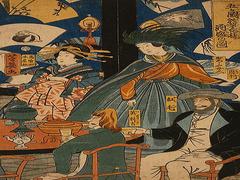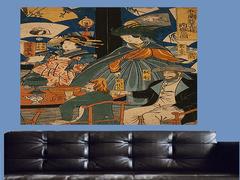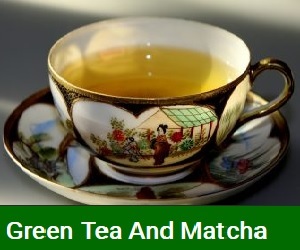Introduction
Japanese woodblock prints, also known as ukiyo-e, are renowned for their exquisite craftsmanship and distinctive style. These prints have captivated art enthusiasts and collectors worldwide. If you're interested in identifying Japanese woodblock prints, this article will guide you through the key elements and techniques to look for when examining these remarkable works of art.
- Subject Matter and Themes
Japanese woodblock prints encompass a wide range of subjects and themes. Traditional ukiyo-e prints often depict scenes from everyday life, landscapes, historical events, kabuki theater, famous actors, beautiful women (bijin-ga), and mythical creatures. Familiarizing yourself with these themes can provide valuable context when identifying a woodblock print.
- Signature and Seal
Many Japanese woodblock prints bear the artist's signature and seal, providing important clues about their origin and authenticity. Artists typically signed their prints with a unique combination of characters, often located within the image or in the margin. Additionally, they used personal seals or publisher's marks that indicate the specific print series or workshop involved in its production.
- Color and Printing Technique
The color palette and printing technique employed in a woodblock print can reveal valuable information about its age and authenticity. Traditional ukiyo-e prints were often created using a limited number of pigments, including natural dyes derived from minerals, plants, and insects. Familiarize yourself with the characteristic colors used during different time periods to help determine the print's era.
- Paper and Watermark
The quality and texture of the paper used in a woodblock print can provide insights into its age and authenticity. Traditional ukiyo-e prints were typically printed on handmade Japanese paper (washi), which has a distinct texture and fiber pattern. Carefully examine the paper for watermarks or embossed seals, which can indicate the publisher or papermaker.
- Border and Margins
The presence of a border and margins in a woodblock print can offer additional clues to its authenticity. Traditional ukiyo-e prints often feature a border or frame around the image, known as a "key block border" or "kento." This border was created by carving a separate block that contained registration marks for aligning the colors during printing.
- Condition and Editions
Assessing the condition of a woodblock print can provide insights into its value and authenticity. Look for signs of wear, repairs, or damage that may affect the overall quality. Additionally, consider whether the print is an original edition or a later reproduction. Original editions are typically more valuable and sought after by collectors.
- Expert Opinion and Reference Materials
Identifying Japanese woodblock prints can be a complex task, particularly for inexperienced individuals. Seeking the opinion of experts or consulting reference materials can greatly assist in the identification process. Books, catalogs, online resources, and specialized galleries dedicated to ukiyo-e can provide valuable information and comparative examples.
Conclusion
Identifying Japanese woodblock prints requires a combination of knowledge, observation, and research. By familiarizing yourself with the subject matter, signatures, printing techniques, paper, borders, and conditions associated with ukiyo-e prints, you can develop a discerning eye for identifying these remarkable works of art. Remember to seek expert advice when needed and continue exploring the vast and captivating world of Japanese woodblock prints.
- Unveiling the Artistic Process: Steps of Woodblock Printing
- Japanese Woodblock History - Ukiyo-e: The Floating World Unveiled - A Journey into the Artistic Splendor of Japanese Woodblock Prints
- The History of Japanese Woodblock Printing
- The Artistic Journey: Exploring the Rich History of Japanese Woodblock Prints
- The Birth of a Revolutionary Technique: Woodblock Printing and the Tang Dynasty
- The Innovative Legacy: How Woodblock Printing Led to Remarkable Inventions
- The Significance of Japanese Woodblock Printing: A Timeless Artistic Legacy
- Unlocking the Beauty: How to Identify Japanese Woodblock Prints
- Unveiling the Ancient Art: Exploring the Oldest Japanese Woodblock Print




